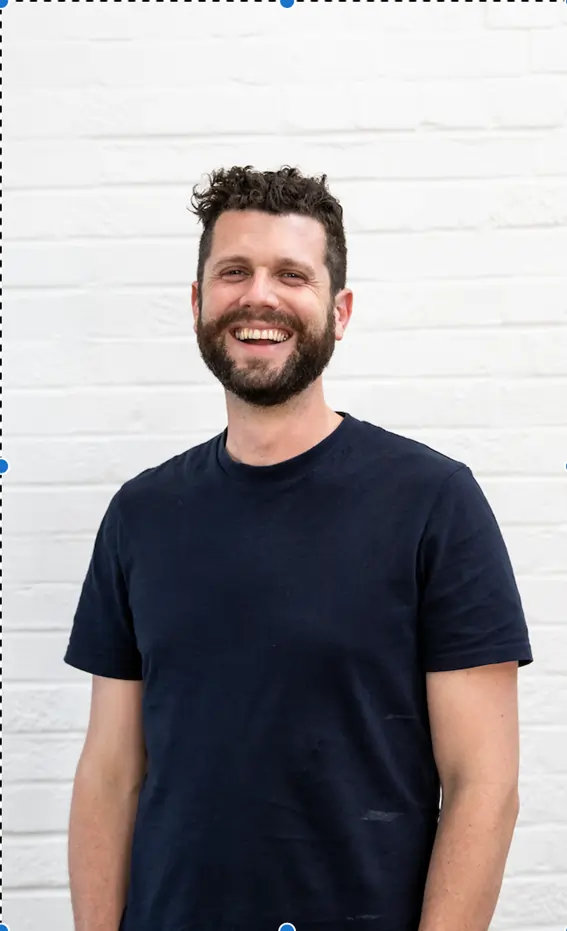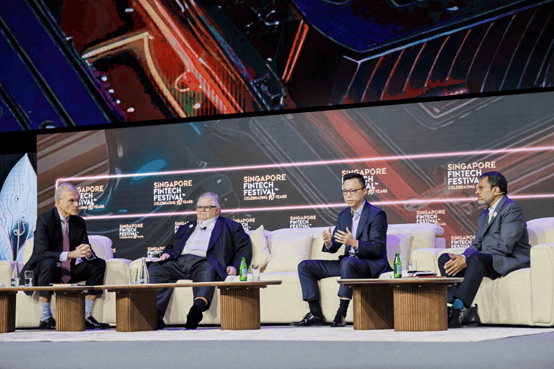
2024 marketing trends every brand builder needs to know
By Paul Archer, CEO and co-founder, Duel
With customer acquisition costs increasing all the time and the fight for consumer attention more competitive than ever amidst a declining economy, there’s no denying that 2023 was a challenging year for brands. And with six out of ten chief economists expecting the global economy to weaken in the coming year, 2024 looks no different.
But in an era marked by rapid technological advancements and changing consumer behaviour, there is real opportunity for brands to adapt, experiment and ultimately, drive growth this year. Now is the time for luxury brands to take advantage of the latest marketing trends in order to get ahead. Let’s take a look.
Community on steroids
The rapid spread of misinformation, privacy concerns over data use and the deluge of branded content we are subjected to on a daily basis has led to a feeling of mistrust in brands over the last few years. That’s why according to HubSpot, 81 percent of consumers now trust recommendations from their friends and family members before making a purchase.
And so instead of throwing money at expensive advertising campaigns, brands have started to focus on building their own communities of people capable of promoting their favourite brands to their own networks. And while community building was becoming a priority in 2023, over the next year it will be the brands who can enhance, energise and monetise their communities that will get ahead.
But how can they do this? It’s all about creating bespoke referral programs, loyalty initiatives, and exclusive reward schemes to motivate their community to share their positive brand experiences with their family and friends.
Ambassadors vs influencers
As the cost of macro influencers skyrocketed, brands seeking to move down the funnel have historically got their influencer marketing strategy wrong because they focus on paying micro-influencers that they find through third party networks and marketplaces, rather than incentivising existing customers. These external micro-influencers are random people who don’t know anything about the brand and would happily promote a competitor if the price was right.
We’ll start to see brands redefining who their real “influencers” are in the coming year, focusing internally on their own customer base rather than looking externally. These people may not buy the most (although they often do…), but they have the most influence because they literally tell everyone they know about their favoured brands.
True influencers (we call them brand ambassadors) are a brand’s most enthusiastic and vocal customers who are already advocating for the brand through the content they create. The key for brands this year will be to find and mobilise these individuals, incentivise them to create more content, therefore turning them into a brand awareness engine capable of driving revenue through their own networks.
The rise of social affiliates
While many brands today do some kind of affiliate marketing, where they pay individuals or businesses to promote and sell products in exchange for a commission, they’re failing to notice that their most authentic group of affiliates exist within their own social media networks. Every brand has hundreds, thousands, if not hundreds of thousands of customers already advocating for them on social media, meaning they have an organic word of mouth machine ready and raring to go. Half of the accounts on Instagram have over a thousand followers, which give you some indication of the scale of this opportunity.
This year we’ll see more and more brands looking to turn their social media following into a revenue-driving community. It’s about identifying these affiliates (who would typically have a following of up to five thousand) and then creating specific referral programs that reward them for referring their followers to the brand. This could be in the form of discounts, store credit, gifting products or exclusive event access.
Individualisation
While personalisation has been a key focus for brands over the last few years, brands that can take it to the next level are going to get ahead this year. AI and machine learning technology give brands the ability to meet users preferences like never before, building completely unique experiences for each and every customer.
Brands that focus on this level of individualisation will ultimately win customer loyalty and build more meaningful connections in the long run.
The era of hybrid content
It goes without saying that the fusion of AI and human creation is going to become central to marketing strategies in 2024 and beyond, especially in the current economic climate.
Brands that can leverage AI in the right way to drive efficiencies, aid decision making, and support content creation, while understanding the potential risks associated with accuracy and data privacy will undoubtedly stay one step ahead.
The future
It is going to be another challenging year, but brands that can take their community building to the next level and focus on identifying and incentivising ambassadors and social affiliates from within their own networks, while taking advantage of what Generative AI can offer will outsmart the competition and ultimately, grow in the coming year.

Paul Archer is a world record-breaking adventurer, brand ambassador and leading voice on the topic of Brand Advocacy. As well as hosting the Building Brand Advocacy Podcast, Paul is also co-founder and CEO of Duel, a Brand Advocacy Platform used by some of the most popular brands in fashion and beauty (including Charlotte Tilbury, Monica Vinader and Mint Velvet) to power their Social Commerce and transform their customers into their biggest acquisition channel.
He’s advised over 450 of the biggest brands in the world on their word-of-mouth and advocacy strategy, using a background in viral gaming and psychology to show what it takes to build great brands in the long term.


